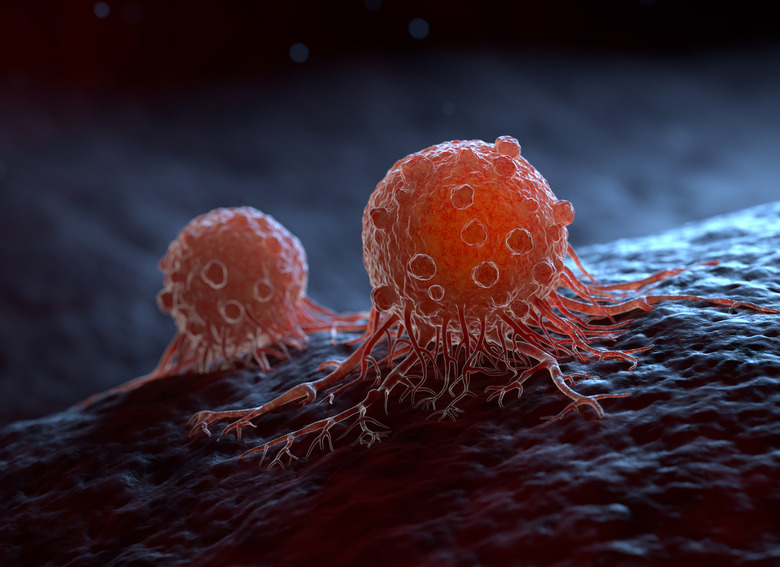Doctors Painted Cancer Cells In A Glowing Dye So They Could Remove The Tumors
Surgery is one of the available options for treating various types of cancer. The earlier the diagnosis and procedure, the better the success rates, assuming a surgical intervention is possible. But even then, surgeons will not be able to tell cancerous cells from healthy tissue. That's why they'll remove additional tissue during interventions in an attempt to remove as much of the initial tumor growth as possible.
The endgame is removing the cancer in its entirety via surgery, but there are no guarantees. The only way to make sure is for patients to come for routine checkups to determine whether the cancer is gone after the procedure.
Moreover, surgery might be combined with other therapies aimed at killing remaining cancerous cells and hopefully cure the patient.
Cancer treatment options might change in the coming years if a new development can be replicated widely.
Scientists developed a new technique that might cure cancer via surgery. They used fluorescent dye to paint tumor cells so they were visible to the naked eye. Surgeons would then be able to remove the damaged tissue during interventions with a greater success rate while reducing unnecessary complications.
Scientists from the University of Oxford worked with California biotech company ImaginAb on a study involving 23 patients with prostate cancer. The patients were enrolled in the study between 2018 and 2020.
The doctors used a glowing dye to effectively paint cancerous cells before the men went into surgery.
The patients were diagnosed with locally advanced prostate cancer that had not spread to other organs. The doctors used a substance called IR800-IAB2M, or the dye that attached to cancerous cells, and then informed surgeons on where to operate.
The fluorescent dye was administered intravenously to patients. It traveled the body and then attached itself to a protein called prostate-specific membrane antigen (PSMA), a marker for prostate cancer cells. The paint attached itself only to cancerous tissue, as that was the only possible link for the chemical compound.
The scientists then used an imaging technique to shine a light on the prostate and the surrounding tissue. The cancerous areas glowed, telling surgeons which regions of organs they had to remove.
Cancer might start in the prostate, but it can extend to nearby regions where it can continue to grow. The glowing dye helped the researchers determine whether the cancer had spread to other parts of the pelvis and nearby lymph nodes and remove the damaged tissue if necessary.
They analyzed the excised tissue to determine the accuracy of the tracer.
"It's the first time we've managed to see such fine details of prostate cancer in real time during surgery," Freddie Hamdy, professor of surgery at the University of Oxford and the lead author of the study, told The Guardian. "It also allows us to preserve as much of the healthy structures around the prostate as we can, to reduce unnecessary life-changing side-effects like incontinence and erectile dysfunction."
The study indicates that "painting" cancer cells with special dyes that can be observed through imaging techniques can improve the results of surgery. It's not a perfect cancer cure, as there's no such thing yet. However, ensuring that surgeons can remove all tumor growth from a region could be a game-changer for cancer therapy.
As with other research, there are limitations. The study only concerns prostate cancer patients where the tumor did not spread to other organs. Therefore, the cancer diagnosis has to come early enough, so surgery is a viable treatment option.
Also, the patients will need to be observed for some time to come to ensure the cancer doesn't come back. The dye was able to bind to cancer cells outside of lymph nodes 100% of the time, but that percentage went only up to 64% for areas inside the lymph nodes. Also, not all glowing areas had cancer tissue in them, so false positives can exist.
Finally, the researchers only targeted prostate tumor growths with this particular dye. However, similar techniques might be employed for other types of tumors. Researchers could develop different tracers that could bind only to the markers of those types of cancers.
The study notes that the tracer dye did not lead to side effects, which is another good news from the Oxford team. Published in the European Journal of Nuclear Medicine and Molecular Imaging, the study is available in full at this link.
